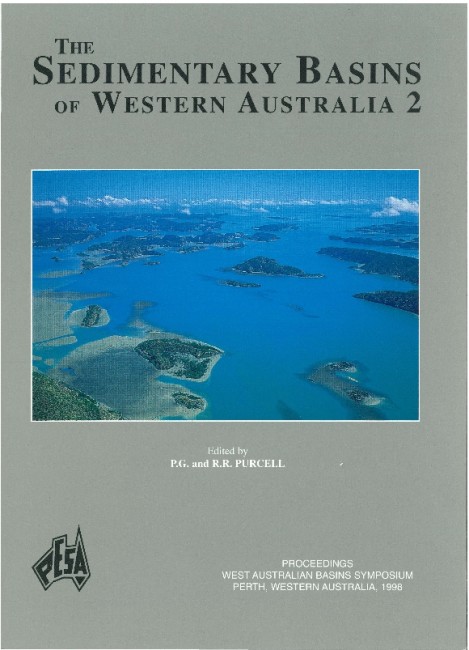Publication Name: The Sedimentary Basins of WA
Authors: Falih M. Daim and Paul G. Lennox
Publication Volume: 2
Date Published: December 1998
Number of Pages: 23
Reference Type: Book Section
Abstract:
Continental-scale lineaments, including the configuration of the sedimentary basins, show that Australia is subdivided by master west-northwesttrending transcurrent faults, which have been active intermittently since the Proterozoic.Differential mobility (due to east-southeast subduction) of the different blocks defined by these lineaments created decompression at the lower crust along the curvilinear transcurrent faults. The block which is occupied, at its northwestern end, by the Canning Basin was more mobile than the adjacent Exmouth block. Because of the curvilinear shape of the bordering transcurrent faults, transtension and transpression are expected when these faults are in motion. Extension at a releasing bend triggers melting of the lower crust, leading to mantle plume upwelling. This is represented by the volcanic rocks of the Bed out High and its offshore, sub-continuous extension. A further decompression enhances lateral movement of the lower crustal material to balance the pressure from the nearby block.
The creation of the Northern Carnarvon Basin was by multi-stage ductile movement of the lower crustal material, in a general northerly direction, from the Exmouth Plateau, towards the assumed decompression zones along the southern bounding fault of the onshore and offshore Canning Basin. The lower crustal ductile movement was associated with wrenching in the overlying brittle cover, represented by sinistral and dextral (longitudinal) faults, which are orthogonal in trend to the major transcurrent faults. The transcurrent and longitudinal faults appear to determine the basin architecture and control their hydrocarbon habitat.


